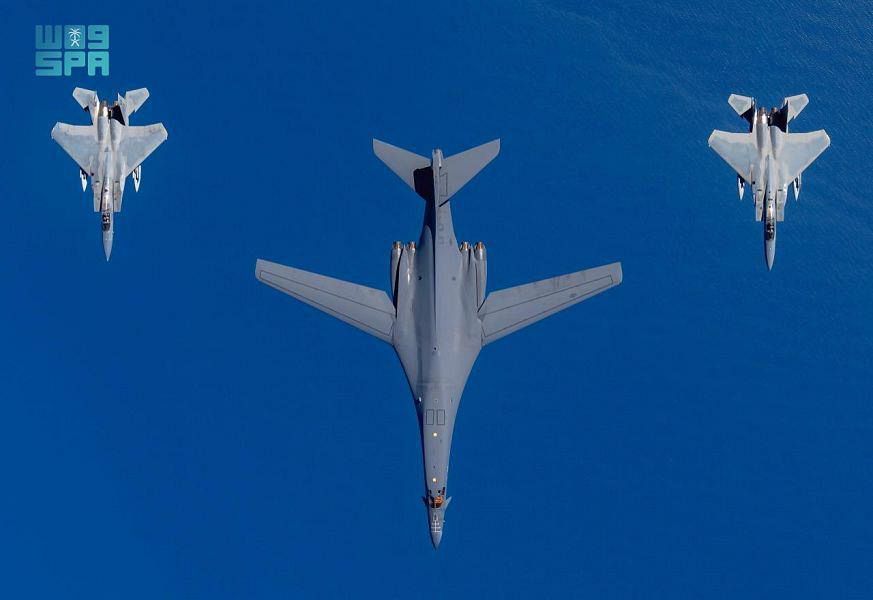
As you walk into the small museum, even before you set your eyes on the displays, you feel a gradual immersion into history
JEDDAH: The house of Darwish Salamah is nothing short of a museum. Models of buildings from the Hijaz and Asir regions, cars, airplanes and decorated mosques in various sizes and shapes are displayed in every corner, between the plants and around the swimming pool in his courtyard.
When visitors enter Salamah’s house, magnificent antique pieces at the main door welcome them.
As you walk into the small museum, even before you set your eyes on the displays, you feel a gradual immersion into history.
After his early retirement from the Royal Saudi Air Force in 1976 as a result of a spinal injury after his plane crashed in the Arabian Gulf, Salamah converted his home into a large workshop for making models, which spread inside and out until they drew the attention of passers-by.
That hobby turned his home into a sort of shrine for locals and foreigners intrigued by his work; he was visited several times by the former governor of the Makkah region, Prince Majid bin Abdul Aziz, who admired his models, and the former Minister of Information Dr. Muhammad Abdu Yamani. The museum was even visited by Prince Andrew, Duke of York and a number of other senior officials from around the world.
Arab News met him at his home in Jeddah’s Al-Hamra district.
He insisted first on retrieving the history of his service in the Royal Saudi Air Force, having been a witness of its beginnings. He added he studied in Egypt during the Second Arab–Israeli war, also called the Tripartite Aggression, under former Egyptian President Hosni Mubarak.
“Yes, the late president of Egypt, Hosni Mubarak, was my instructor at the Egyptian Air Academy, and I learned a lot from him,” he told Arab News.
As we talked in his courtyard, the colonel, now 82, suggested we visit his living room; for most is just a place to rest, but Salamah gives his a more literal sense. “This is my whole world,” he said, pointing to the large collection of photographs of national and international dignitaries and personalities, including a special photo with King Saud.
Having served as the first pilot trainer in the Royal Saudi Air Force, he recalled the crash of his Saber jet fighter in the Arabian Gulf 60 years ago.
Describing it as an unforgettable moment in his life, he said: “During my training session with one of my students, my plane encountered problems in bad weather over the Arabian Gulf and I tried to communicate with our base — unfortunately, (we) got no answer.
“So, we crashed into the sea; unfortunately, my student didn’t make it, and luckily I was rescued by an English ship and I got out of it with a spinal injury that forced me to retire after years of treatment.”
His retirement motivated him to work in the real estate sector in Madinah, his home town, and Jeddah. “The real estate business was booming (at) that time, and I really strove hard to make money until I succeeded, which led me to build my own house here in Jeddah.”
He added: “I felt bored and had an emptiness in my life. I could not adjust to sitting without doing anything, I had to do something.”
To fill his time, Salamah thought of making models of old heritage houses and mosques out of concrete and steel with the assistance of two Bangladeshi workers, who still work with him today at his house.
With no training or previous experience, Salamah and his assistants, have created around 1,000 pieces from concrete over wooden frames and steel netting. He has been making these model for 47 years.
“The house was full of those crammed concrete models and I ran out of space,” he said
“The whole courtyard is tiled with hand-made ceramic and concrete tiles which will last for years to come.”
After he became familiar with the technique, Salamah and his team moved on to smaller and more complex handmade models.
“I do not consider myself an artist, but I started my artistic work by making these models of all these objects, and I documented 48 mosques which were removed during the expansion of the Prophet’s Mosque in Madinah by making artistic models,” he said.
Salamah’s work is not only featured in his house but was also exhibited at Jeddah Corniche. “I (created) models representing the various heritage architectural styles of the Kingdom’s regions on the sea corniche in Jeddah, and (they) remained there for 20 years. They were very popular spots for visitors but they were removed under former Mayor of Jeddah Adel Faqih.”
Dominating one corner of the courtyard is a model of the Masmak Fortress in Riyadh and a miniature complex of the tombs of Hegra.
“Any time I see anything interesting in a magazine or a newspaper, I do it,” Salamah said. “Sometimes, I visit mosques and look at them, but mainly I get the information from photographs.”
In the back of the courtyard, a fully equipped workshop keeps the collection in working order and gives visitors a peek into the process of making models.
He expressed his thanks to all visitors to the museum, whether local or foreign, and said he hoped that his children would continue his work in the future.








